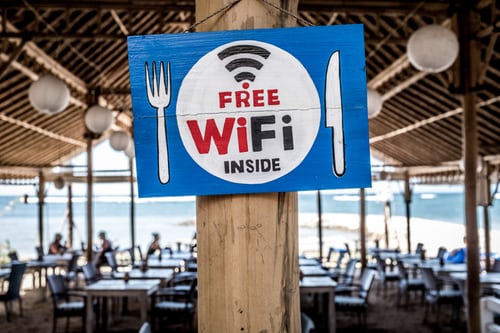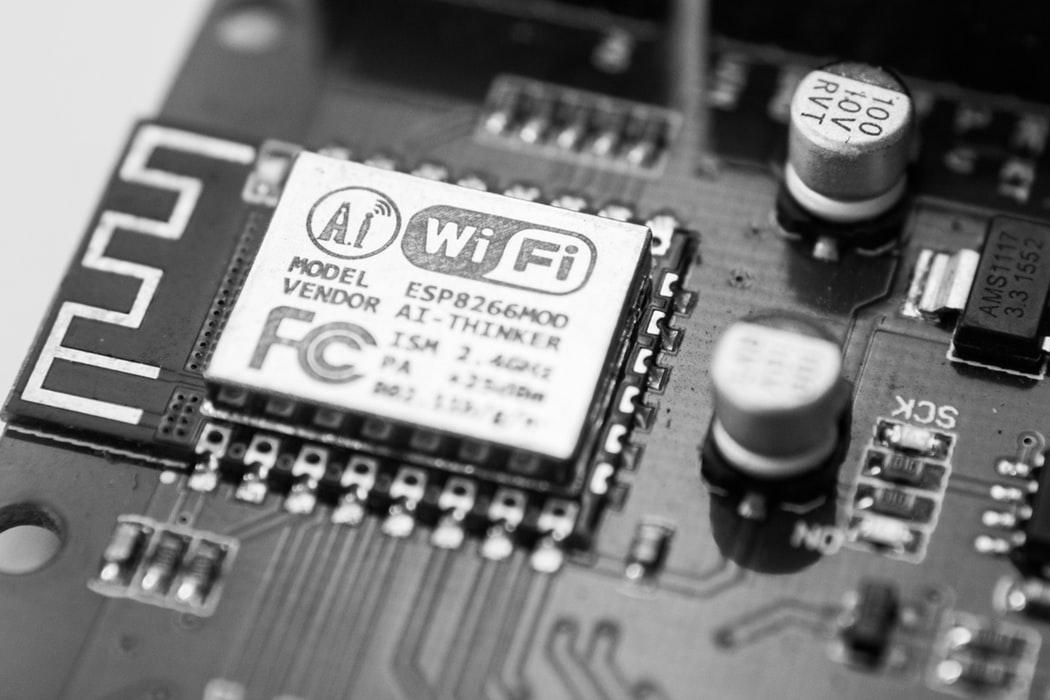Network Attacks
Public free wifi can often be very convenient, but how safe is it? Firstly, I’ll explain the way in which data is transferred from one device to another. The wireless adapter (built in device to connect your device to the access point) broadcasts your files to the access point of a router, which then connects to the internet. If the WIFI requires no password however, then those files are not encrypted. Meaning as you upload your files to their destination, they are vulnerable for interception.
Now most wireless adapters are built only to send data from just your device to the one access point (Managed mode). However, you can buy an adapter for as little as £20, which can be put into monitor mode, allowing you to collect data packets which are being sent in the air. The data packet can then be analysed on a tool called ‘Wireshark’ to extract user information.
However, websites which have ‘HTTPS’ (and a lock icon next to it) are encrypted. While most aren’t encrypted end to end, they will encrypt the important sections. Such as the login section (so password protected) and the checkout section (credit card details protected). But unfortunately, sections in between are often not protected.


